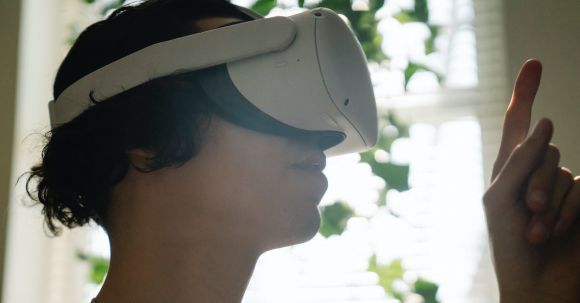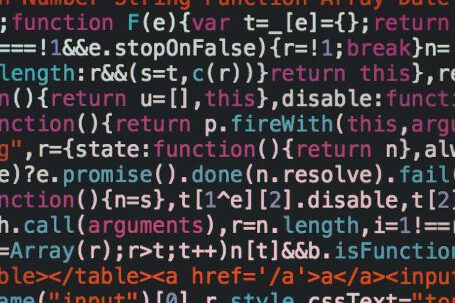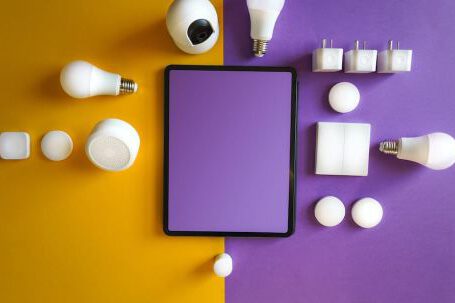Augmented Reality (AR) is an emerging technology that has the potential to revolutionize education. By overlaying digital information onto the real world, AR can provide students with immersive and interactive learning experiences. However, there are several key challenges that need to be addressed in order to fully harness the potential of AR in education.
Lack of Access to AR Devices and Software
One of the main challenges facing AR in education is the lack of access to AR devices and software. While the technology is becoming more affordable, it is still not widely available in many schools. This means that only a small number of students have the opportunity to experience AR in the classroom. In order to overcome this challenge, schools need to invest in AR devices and software and ensure that they are accessible to all students.
Integration with Existing Curriculum
Another challenge is integrating AR into the existing curriculum. Many educators are already overwhelmed with the demands of teaching and may not have the time or resources to learn how to use AR effectively. Additionally, there may be resistance from teachers who are not comfortable with incorporating technology into their teaching methods. To address this challenge, schools should provide training and support for teachers to help them integrate AR into their lessons. By showing teachers how AR can enhance student learning, they may be more willing to embrace the technology.
Creating High-Quality AR Content
Creating high-quality AR content is another challenge that needs to be addressed. In order for AR to be effective in education, the content needs to be engaging, interactive, and aligned with the curriculum. Developing such content requires a combination of technical expertise and subject matter knowledge. Educators and developers need to work together to create AR content that is both educational and engaging. Additionally, there needs to be a platform or marketplace where educators can easily access and share AR content.
Ensuring Privacy and Safety
Privacy and safety are important considerations when using AR in education. AR devices and software often collect and store data about students, such as their location and interaction with the technology. It is crucial that schools have policies and procedures in place to protect student privacy and ensure that the data is used responsibly. Additionally, there needs to be guidelines for the safe use of AR devices, as they can be distracting and potentially dangerous if not used properly.
Evaluating the Effectiveness of AR
Finally, evaluating the effectiveness of AR in education is a challenge that needs to be addressed. While there is evidence to suggest that AR can improve student engagement and learning outcomes, more research is needed to fully understand its impact. Educators need to have access to reliable data and assessment tools to measure the effectiveness of AR in the classroom. This will help guide future implementation and ensure that AR is being used in a way that benefits students.
In conclusion, while there are several key challenges facing AR in education, they can be overcome with proper investment, training, collaboration, and research. By addressing these challenges, we can unlock the full potential of AR in education and provide students with immersive and interactive learning experiences that enhance their understanding and engagement. AR has the power to transform education, and it is up to educators, policymakers, and developers to work together to make it a reality.





